World’s Most Controversial Tourist Attractions
Padaung Karen Reserve, Thailand

Why it’s controversial: Exploitation
Thailand has an estimated 1.2 million hill tribesmen, but rights groups like Plan International say of those, some 500,000 are not considered Thai citizens, excluding them from owning land, voting or accepting state-funded health care. One such group, the Padaung Karen (inaccurately referred to as the “longneck” women), live in an artificial hill tribe village near Chiang Rai set up purely for the purpose of tourism. The women are fitted with brass rings that deform their chests and shoulders to give off the illusion of an abnormally long neck. Some say tourism provides them with a way of preserving their culture, while others claim the industry exploits these stateless women in exchange for tourism dollars (most of which go to the Thai tour operators). Whether or not these women have the freedom to leave there situation is yet another matter altogether.
Machu Picchu, Peru
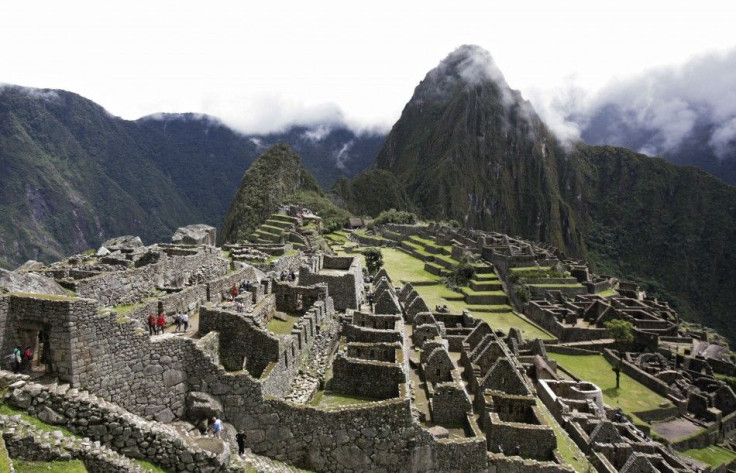
Why it’s controversial: Structural damage
Machu Picchu is, by far, Peru's most popular tourist attraction and a major foreign exchange earner for the country, but many believe it already receives more visitors than the crumbling structure can handle. Currently, officials allow some 2,500 tourists daily, and most make the trek to the 8,200-foot-high wonder either by foot or train from the town of Cusco, the former capital of the Inca Empire. Visitor numbers have grown steadily by about 6 percent each year, and, with each footstep, the citadel has slowly eroded. The Unesco World Heritage Site has come under criticism from the U.N. body for allowing uncontrolled access. In 2008, the World Heritage team said Machu Picchu had "urgent problems with deforestation, the risk of landslides, uncontrolled urban development and illegal access to the sanctuary." The agency reiterated those concerns again in May 2012. The "Lost City of the Incas," it said, has become "a victim of its own success."
Dharavi Slum, India
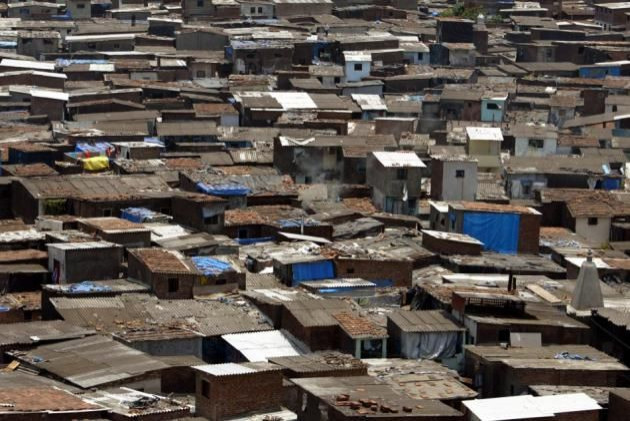
Why it’s controversial: Voyeurism
The streets are filthy, the smell is horrific and there’s certainly no Starbucks. So why is Mumbai’s Dharavi slum so popular with tourists? Perhaps “Slumdog Millionaire” had something to do with it. Dharavi features prominently in the film and was home of many of its child actors. Jam-packed with every inconvenience tourists typically avoid, this massive slum has become the main attraction of numerous tours that show the industrial and residential sections and explain the challenges faced by India’s lower class -- all for about $11. While revenues from the tours are said to go directly back into the community, many have questioned the ethics of paying money to see India’s poorest go about their daily struggles. As one New York Times op-ed put it: “[The tourists] get great photos, we lose a piece of our dignity.”
Vang Vieng, Laos

Why it’s controversial: Tourist deaths
Drugs, death and drowning. These are the words most often associated with Vang Vieng these days. This debaucherous river town in the otherwise austere nation of Laos has the unenviable reputation of being one of the most dangerous places for tourists in all of Asia. A whopping 22 people died during the 2012 season thanks to a deadly combination of drugs, drinking and, well, river tubing. The government closed several riverside bars along the popular tubing route in September, but this kind of crackdown is nothing new. The buckets of alcohol and a full menu of exotic drugs will surely return as quickly as they appeared when Vang Vieng first emerged from the jungle in 2006. When they do, expect a fresh round of controversy at Southeast Asia’s unlikely party capital.
Pripyat, Ukraine
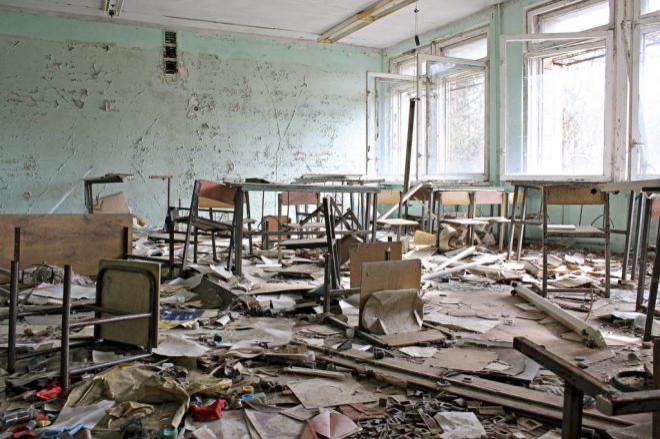
Why it’s controversial: Potential health hazards
The town of Pripyat was built in 1970 to house workers at the Chernobyl nuclear power station and their families, but was abandoned in 1986 after a "routine experiment" went terribly wrong. Chernobyl's fourth reactor exploded, sending plumes of radiation, equivalent to 400 Hiroshimas, into the sky. The Soviets waited nearly three days before publicly acknowledging that an accident occurred, and estimates on how many died both directly and indirectly from radiation vary widely. The town of Pripyat is said to be left exactly how it was in 1986, with large soviet posters along classroom walls and children's dolls scattered where they were abandoned. A typical tour of the town passes through the gates of the station, into a radiation-monitoring center and on to a workers' canteen for lunch. All visitors are forced to sign a waiver exempting the tour operator from all responsibility in the event they later suffer from radiation-related health problems -- a safety concern that has seen the facility open and close intermittently over the past five years.
Lower Ninth Ward, New Orleans -- USA
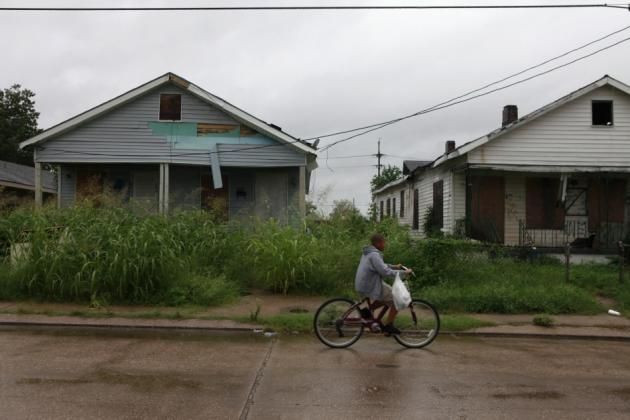
Why it’s controversial: Invasion of privacy
In the weeks after Hurricane Katrina walloped New Orleans, residents of the Lower Ninth Ward began to notice a new crop of people wandering through their debris-strewn streets. They weren’t relief workers or returning residents. They weren’t even journalists. These strangers coming in by the bus-full, it turns out, were paying tourists exploring the neighborhood on a so-called Katrina tour. The City Council quickly approved an ordinance in 2006 banning the tour groups from crossing the Industrial Canal and entering the besieged neighborhood, but that ordinance went largely unenforced until last year when City Councilman Ernest F. Charbonnet spoke out in support of residents. “They’re tired of being gawked at like they’re sideshow animals in a zoo,” he told IBTimes last October. “It has a humiliating aspect.” Charbonnet and the tour operators have since come to an understanding, but the tours remain a touchy subject for area residents.
North Korea

Why it’s controversial: Funding an oppressive regime
It may be one of the least visited countries in the world, but getting a travel visa for North Korea is surprisingly easy, provided you’re not South Korean or a journalist and are willing to toe the line. Seeing the “real” North Korea, however, can be difficult in this land of propaganda and concrete. Many are turned off from the start by travel warnings and the prospect of funding an oppressive regime. North Korea only opened its doors to foreign travelers in 1987 and U.S. travelers in 2010, but several tour groups have popped up offering tailored trips promising a peek behind the final fold of the Iron Curtain. Koryo Tours, which takes about 50 percent of the 4,000 Western tourists who visit North Korea each year, believes that “there is a benefit to be gained by both those who visit and those who are visited from increased human-level contact between both sides.” Whether or not those benefits outweigh lining the government’s pocket with foreign currency is up to you.
Jarawa Reserve, Andaman Islands
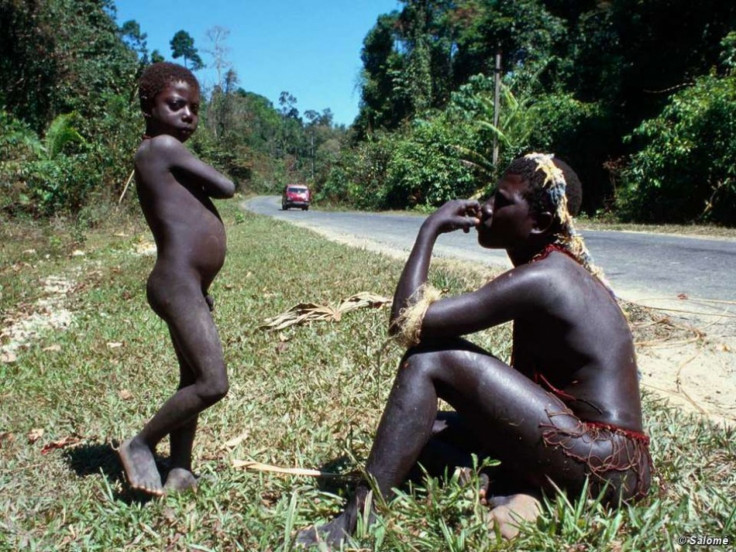
Why it’s controversial: Human rights abuses
First exposed by tribal rights group Survival International in 2010 and brought to light by an unsettling video uploaded by the Observer last January, officials on the remote Andaman Islands -- between India and Burma in the Bay of Bengal -- are accused of driving tourists through a jungle reserve set aside for the Jarawa tribe on so-called “human safaris.” The tour guides would toss scraps of food to the half-naked natives, commanding them to dance for photos. Thanks to international condemnation of the practice, the Supreme Court of India banned any kind of tourism activity near the Jarawa land in January, creating a 5-kilometer (3-mile) buffer zone that officials hope will protect the 300 indigenous who remain. But reports surface periodically claiming that the human safaris are, in fact, still going on.
Antarctica
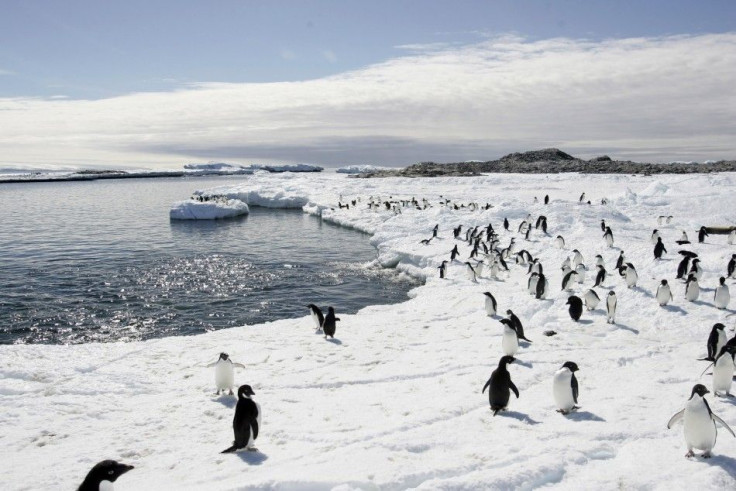
Why it’s controversial: Environmental damage
This relatively lawless, predominantly uninhabited mass of rock, ice and penguins is truly the last frontier. It's a place to be inspired, humbled and dumfounded, and is the ultimate destination for one-upping your globetrotting friends. But is it ethical to visit? Once inaccessible -- save for a few intrepid scientist and explorers -- Antarctica is now open to the everyday tourist for a small window of time each summer in the Southern Hemisphere, and it's easier to get to than you may think. The remotest continent attracted about 35,000 people this season. That’s down from a high of 46,000 in 2007, but it’s the highest number in years, and there are concerns that visitors could be bringing diseases or seeds that may disrupt the fragile Antarctic ecosystem. All prospective tourists are encouraged to book with the International Association of Antarctica Tour Operators, whose members promote safe and environmentally responsible private-sector travel to the Antarctic.
© Copyright IBTimes 2025. All rights reserved.






















